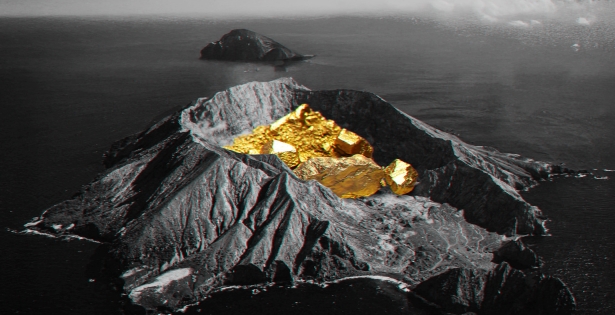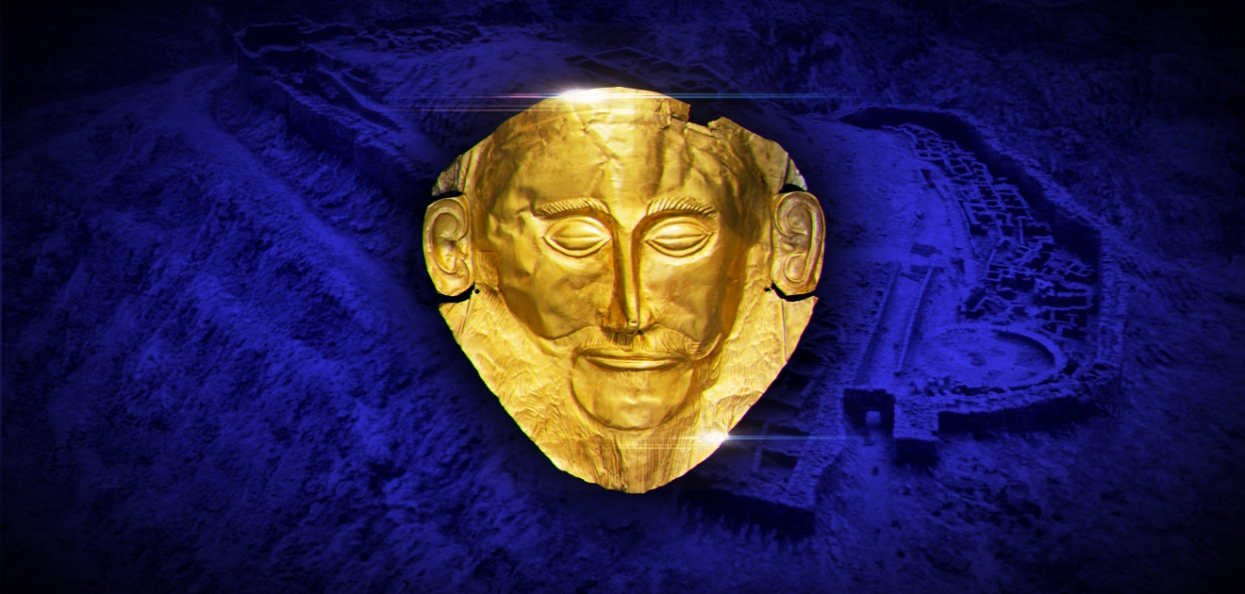
The Golden Mask of Agamemnon: Debunking the Myth
What secrets lie behind Schliemann’s ancient find?
Archaeology holds many puzzles connected with ancient artifacts and historical findings. We lift the veil of secrecy and debunk the myth about the origin of the gold mask of Agamemnon.
Place of discovery
German archaeologist and ethnographer Heinrich Schliemann conducted excavations in the Peloponnese in the acropolis of the ancient Mycenae in 1876. After four months of painstaking work at the entrance gates of the upper city, the scientist discovered a valuable artifact - a gold funeral mask. Along with the mask, Schliemann found numerous gold jewelry in a large circular burial: earrings, diadems, buckles. The total weight of the precious item was 15 kilograms. Schliemann was sure that he had discovered the tomb of the legendary King Mycenae - Agamemnon, his charioteer Eurymedon, the prophetess Cassandra and their friends, who were murdered by Agamemnon's wife - Clytemnestra and her lover.
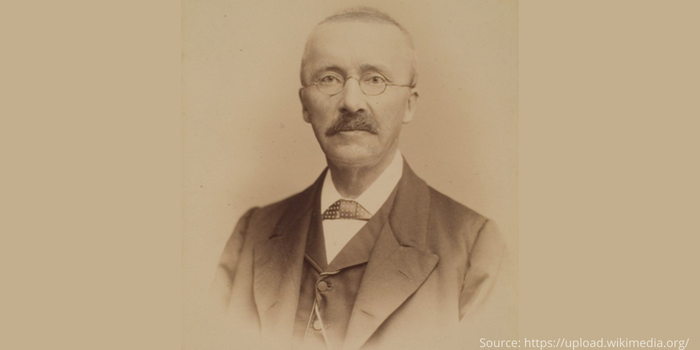
In the photo: German archaeologist and entrepreneur Heinrich Schliemann, one of the founders of field survey.
Historical reference
Mycenae - the ancient center of Mycenaean culture, the ancestress of Greek civilization. The city is located in the Peloponnese and dates back to the second millennium BC. Now Mycenae is in ruins.
Agamemnon was the King of Mycenae in Greek mythology, the most powerful ruler of ancient Greece, the leader of the Greek troops in the Trojan War, one of the main heroes of the ancient Greek epic poem "Iliad" by Homer. King Agamemnon was famous for his nobility, courage and his infinite riches.
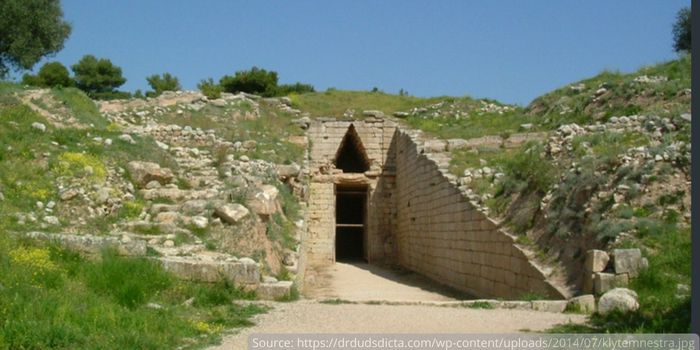
In the photo: the tomb of Agamemnon in Mycenae, also known as the Treasury of Atreus, the father of Agamemnon.
The Mask of Agamemnon
Schliemann was not a professional archaeologist, but an enthusiastic self-taught amateur, who cared about the history of the ancient city of Mycenae. He was obsessed with the idea of finding the tomb of the great king Agamemnon. Not surprisingly that the most beautiful of the masks, which was discovered by him in the burial, the ethnographer directly associated with the ruler of Mycenae. In this regard, he named the mask Agamemnon.
The posthumous mask is made of a thick gold plate and depicts the face of an elderly bearded man of the Indo-European race: close-set eyes, thin nose, large mouth. Mustache ends were raised. Sideburns are visible behind the ears. There were holes in the mask for the threads with which it was attached to the face.
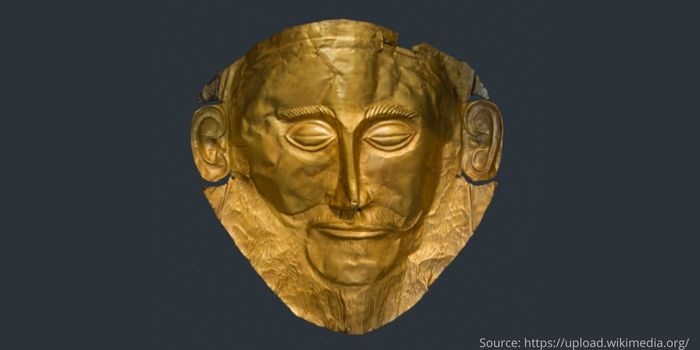
In the photo: the gold mask of Agamemnon
Myth and Reality
As time has shown, Heinrich Schliemann’s assumption that the funerary mask belonged to King Agamemnon turned out to be mistaken. Modern archaeologists, having studied the golden mask, concluded that it dates back to 1550–1500 BC and does not belong to the era in which Agamemnon is believed to have lived. It turned out that this precious find is significantly older than the legendary Mycenaean ruler. Nevertheless, the golden funerary mask still retains its name.
Where the mask can be seen?
The golden mask of Agamemnon, like other funerary artifacts of Mycenaean culture, is kept in the National Archaeological Museum of Athens. The inscription reads: “Mask of Agamemnon, 1550–1500 BC. Gold.”
Gold has been highly valued since ancient times — and one more proof of that is the oldest known gold artifacts, which you can read about here.

